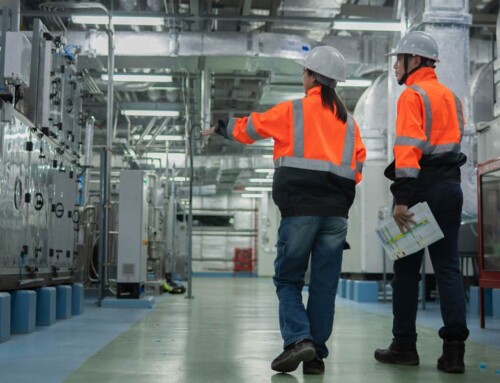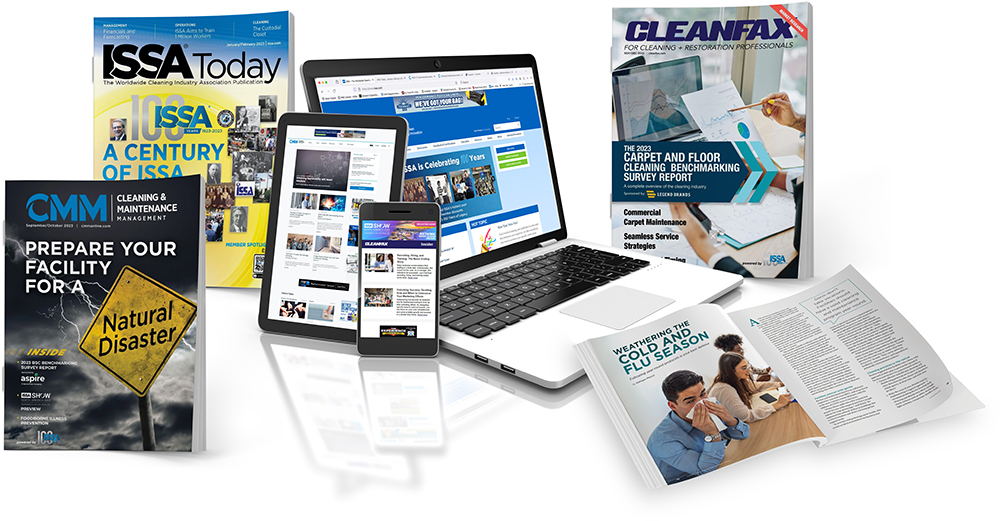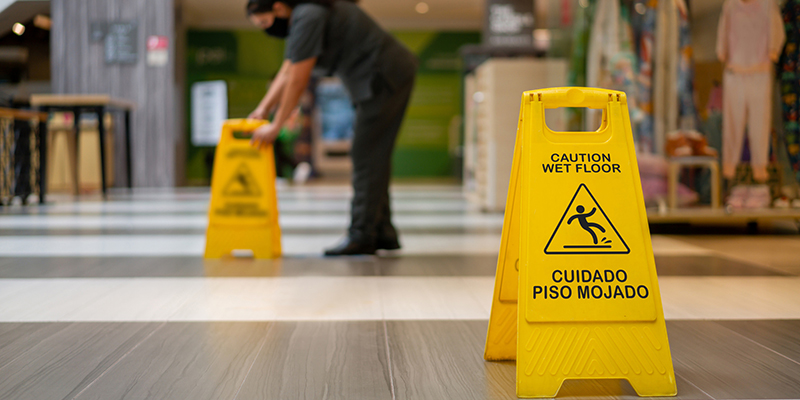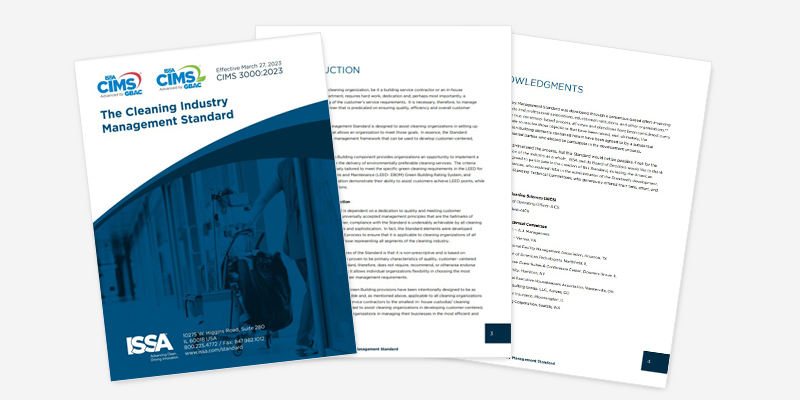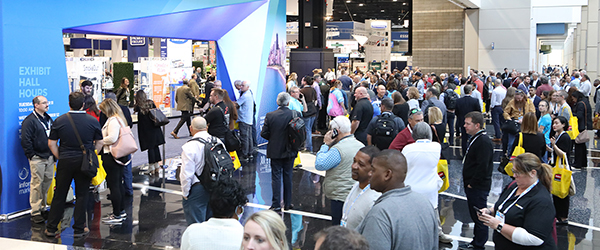Indoor Air Quality: Key Strategies for Cleaner, Healthier Spaces
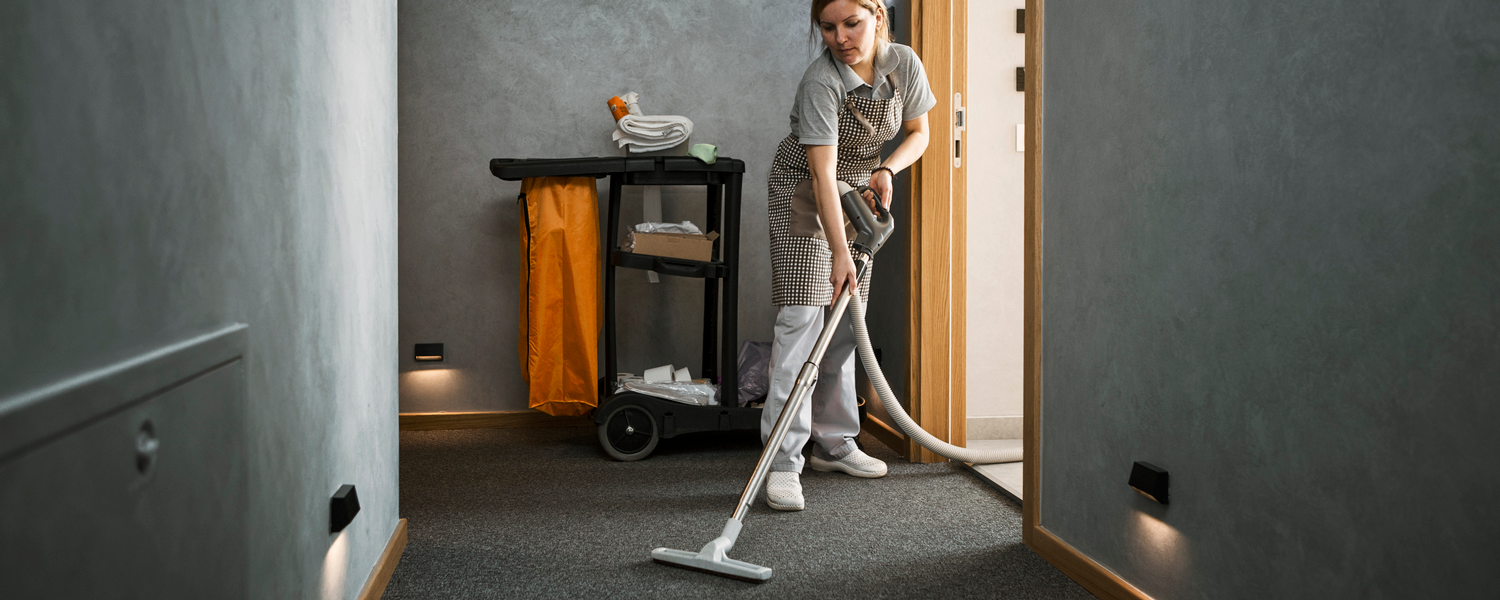
What Is Indoor Air Quality?
Indoor air quality (IAQ) refers to the cleanliness and health of the air inside buildings. From schools and offices to healthcare facilities and commercial spaces, the quality of indoor air plays a crucial role in the health, comfort, and productivity of the people who live and work in these environments.
In recent years, indoor air quality has become a top priority for facility managers, cleaning professionals, and building service contractors alike. Poor IAQ isn’t just a comfort issue—it can affect respiratory health, increase absenteeism, and reduce overall building performance.
Learn how professional cleaning adds measurable value.
Why Indoor Air Quality Matters
According to the U.S. Environmental Protection Agency (EPA), Americans spend approximately 90% of their time indoors. As a result, the impact of IAQ on human health and wellbeing cannot be overstated. Here are a few key reasons it matters:
- Health Protection: Pollutants such as dust, mold, volatile organic compounds (VOCs), and allergens can exacerbate asthma and other respiratory issues.
- Productivity: Cleaner air leads to fewer sick days and better cognitive performance in workplaces and schools.
- Facility Value: Good air quality supports sustainability goals and building certifications like LEED and WELL.

Common Sources of Indoor Air Pollutants
Understanding the most common contributors to poor air quality helps professionals plan effective cleaning and maintenance strategies:
- Inadequate ventilation
- Dirty HVAC systems and air filters
- Off-gassing from cleaning chemicals or furnishings
- Mold growth in damp areas
- Dust and particulate buildup
How Cleaning Professionals Can Improve Indoor Air Quality
Facility managers and cleaning teams play a central role in managing IAQ. Here’s how they can make a measurable difference:
-
Use Low-VOC Cleaning Products
Traditional cleaning products can emit volatile organic compounds (VOCs), which contribute to poor air quality. Switching to certified green and low-VOC products reduces this risk without compromising cleanliness.
-
Increase Dust and Allergen Control
Routine dusting, vacuuming with HEPA filters, and high-touch surface cleaning can significantly reduce allergens and particulate matter that affect IAQ.
-
Improve Ventilation and HVAC Maintenance
Cleaning vents and replacing air filters regularly can dramatically enhance airflow and reduce airborne contaminants. Collaborating with HVAC professionals ensures long-term results.
-
Monitor IAQ with Smart Technology
Many buildings now use air quality sensors to track levels of CO2, humidity, and pollutants. Cleaning teams can use this data to adjust schedules or target problem areas more effectively.
-
Prioritize Floor and Entryway Maintenance
Floors trap dirt, dust, and allergens. Using entryway mats and increasing cleaning frequency in high-traffic areas reduces what gets tracked indoors.
The Role of Education in Improving IAQ
Understanding the “why” behind cleaning tasks empowers teams to take pride in their work and deliver better results. Educational resources and certifications give professionals the tools they need to tackle IAQ challenges with confidence.
Explore these professional development opportunities:
- ISSA CMI Certifications – Explore educational resources and certification options
- ISSA Show North America – Connect with industry leaders and explore career-building opportunities
IAQ and Building Standards
Organizations that prioritize air quality often align with certifications such as:
- LEED (Leadership in Energy and Environmental Design)
- WELL Building Standard
- Fitwel Certification System
These certifications recognize building environments that support occupant health—many of which rely heavily on cleaning standards and IAQ controls.
To understand how cleaning drives real-world results, visit ISSA’s value of clean page.
External Resources for Further Learning
To support cleaning professionals and facility leaders, consider these additional resources:
Final Thoughts
Indoor air quality affects more than just comfort—it directly impacts human health, business outcomes, and the long-term value of buildings. Cleaning professionals are on the front lines of this effort. Through smart strategies, ongoing education, and proactive maintenance, you can ensure every space you care for breathes easier.

